When you hear the word 'Dollar' that comes to mind is cash from Uncle Sam's country. Be as it may, depending on it, not always dollars identical to money. Things become what the term dollar means are also found in naming one type of marine fauna echinodermata class. In addition, they also have a coin-like frame, and are regularly found stranded on the shoreline or among sand hills.
The term sand dollar (otherwise called an ocean treat or snapper scone in New Zealand, or pansy shell in South Africa) alludes to types of greatly smoothed, tunneling ocean urchins having a place with the request Clypeasteroida. A few animal groups inside the request, not exactly as level, are known as ocean rolls. Related creatures incorporate other ocean urchins, ocean cucumbers, and starfish.
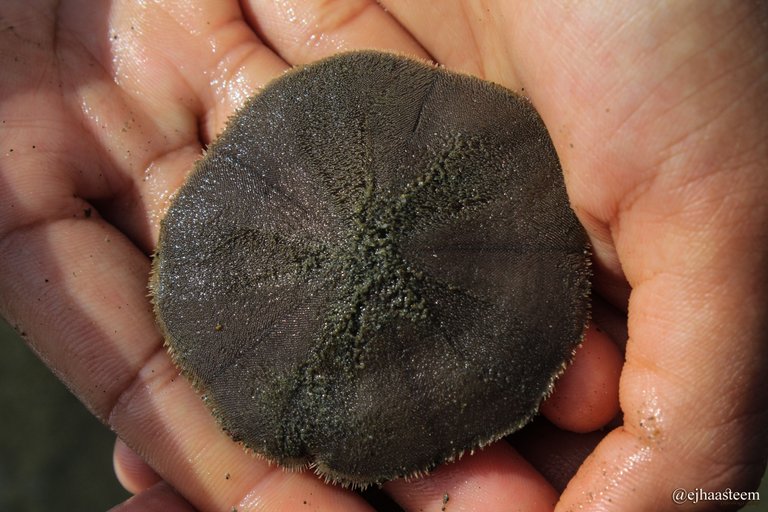
Sand dollars, similar to all individuals from the request Clypeasteroida, have an unbending skeleton known as a test. The test comprises of calcium carbonate plates organized in a fivefold outspread pattern.In living people, the test is secured by a skin of velvet-finished spines which are secured with little hairs (cilia). Facilitated developments of the spines empower sand dollars to move over the seabed. The smooth spines of live sand dollars show up in an assortment of hues—green, blue, violet, or purple—contingent upon the species. People which are as of late dead or passing on (doomed) are once in a while found on shorelines with a great part of the outer morphology still in place. Dead people are regularly found with their vacant test without all surface material and faded white by daylight.
The bodies of adult sand dollars, like those of other echinoids, display radial symmetry. The petal-like pattern in sand dollars consists of five paired rows of pores. The pores are perforations in the endoskeleton through which podia for gas exchange project from the body. The mouth of the sand dollar is located on the bottom of its body at the center of the petal-like pattern. Unlike other urchins, the bodies of sand dollars also display secondary front-to-back bilateral symmetry. The anus of sand dollars is located at the back rather than at the top as in most urchins, with many more bilateral features appearing in some species. These result from the adaptation of sand dollars, in the course of their evolution, from creatures that originally lived their lives on top of the seabed (epibenthos) to creatures that burrow beneath it (endobenthos). Read more : (1)
The basic sand dollar, Echinarachnius parma, is far reaching from intertidal zones to impressive profundities in the sea waters of the Northern Hemisphere. It can be found in calm and tropical zones. The keyhole sand dollar (three species, class Mellita) is found on an extensive variety of coasts in and around the Caribbean Sea.
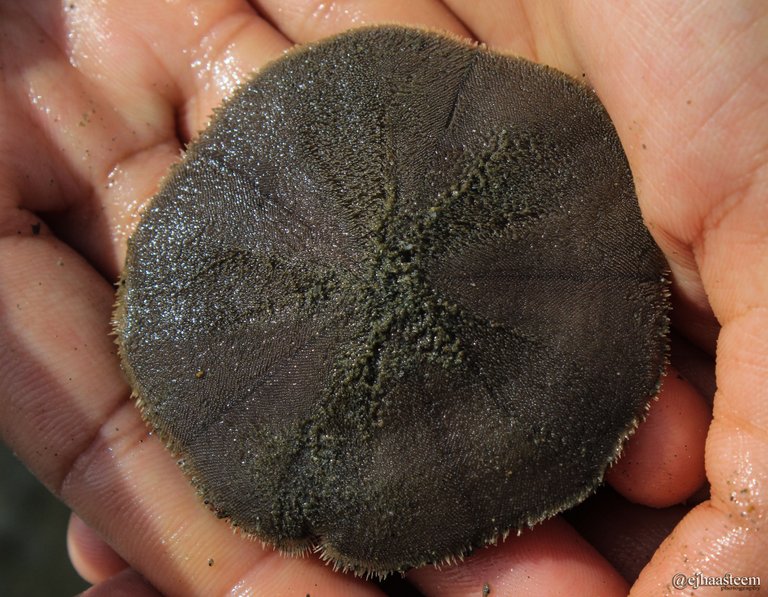
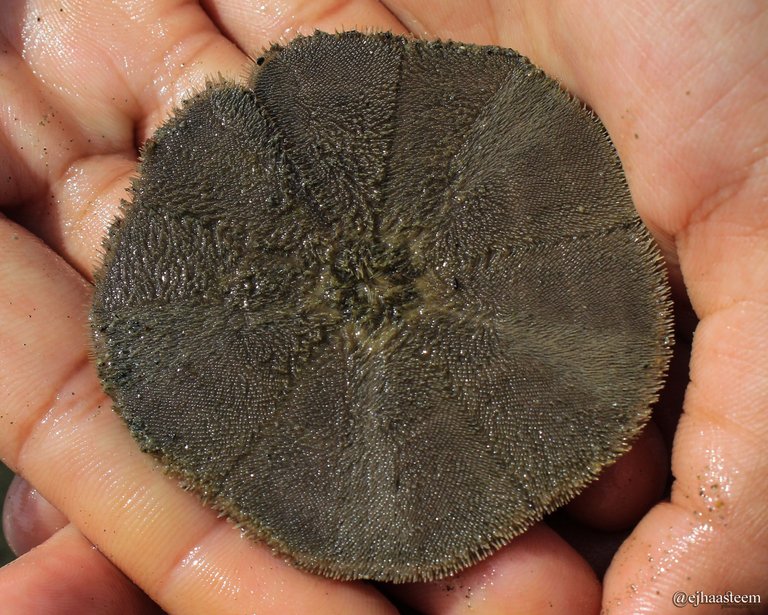
Suborders and families
- sub-order Clypeasterina
- family Clypeasteridae L. Agassiz, 1835
- family Fossulasteridae Philip & Foster, 1971 †
- family Scutellinoididae Irwin, 1995 †
- family Conoclypidae von Zittel, 1879 †
- family Faujasiidae Lambert, 1905 †
- family Oligopygidae Duncan, 1889 †
- family Plesiolampadidae Lambert, 1905 †
- sub-order Scutellina
- infra-order Laganiformes
- family Echinocyamidae Lambert & Thiéry, 1914
- family Fibulariidae Gray, 1855
- family Laganidae Desor, 1858
- infra-order Scutelliformes
- family Echinarachniidae Lambert in Lambert & Thiéry, 1914
- family Eoscutellidae Durham, 1955 †
- family Protoscutellidae Durham, 1955 †
- family Rotulidae Gray, 1855
- super-family Scutellidea Gray, 1825
- family Abertellidae Durham, 1955 †
- family Astriclypeidae Stefanini, 1912
- family Dendrasteridae Lambert, 1900 -- Pacific eccentric sans dollar.
- family Mellitidae Stefanini, 1912 -- Keyhole sans dollars
- family Monophorasteridae Lahille, 1896 †
- family Scutasteridae Durham, 1955 †
- family Scutellidae Gray, 1825
- family Taiwanasteridae Wang, 1984
- family Scutellinidae Pomel, 1888a †
The expression "sand dollar" gets from the presence of the tests (skeletons) of dead people in the wake of being washed aground. The test does not have its velvet-like skin of spines and has regularly been faded white by daylight. To drifters of the past, this proposed a vast, silver coin, for example, the old Spanish or American dollar (measurement 38-40mm).
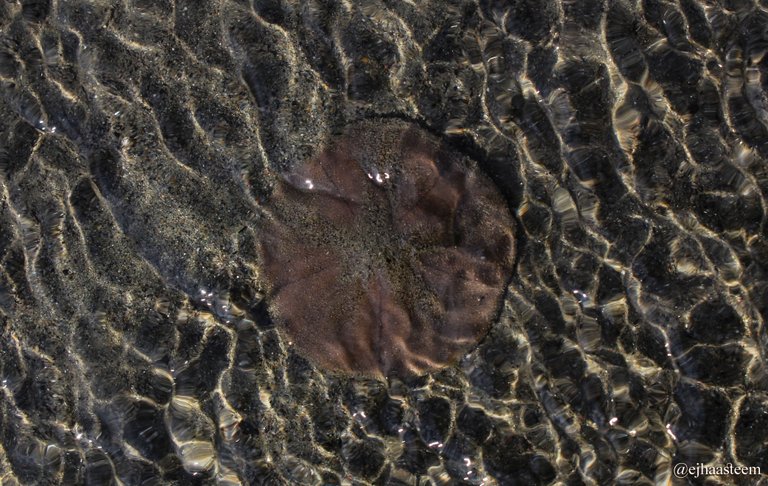
Other English names for the animals incorporate sand cake and cake urchin.[3] In South Africa, they are known as pansy shells from their recommendation of a five-petaled garden bloom. The Caribbean sand dollar or expanded ocean roll, Clypeaster rosaceus, is thicker in tallness than most.
In Spanish-talking territories of the Americas, the sand dollar is frequently known as galleta de deface (ocean treat); the interpreted term is regularly experienced in English.
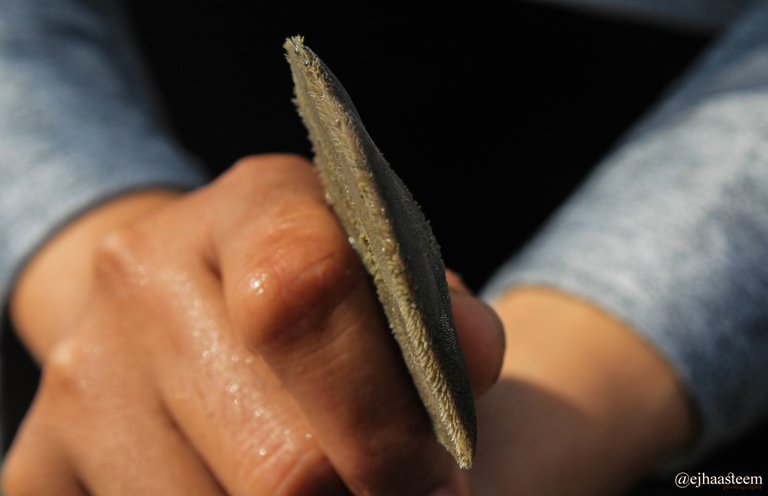
The different basic terms (sand dollar, ocean bread, and so forth.) infrequently show up imprinted in hyphenated frames (sand-dollar, ocean scone).
What is this
Sand Dollars
I love you in your post pods. I thank you very much for sharing with us. I hope you share this kind of good post in…
thank you very much @enews202
can we eat it!?
I can not tell if this animal can be eaten, we in Aceh have never done that.